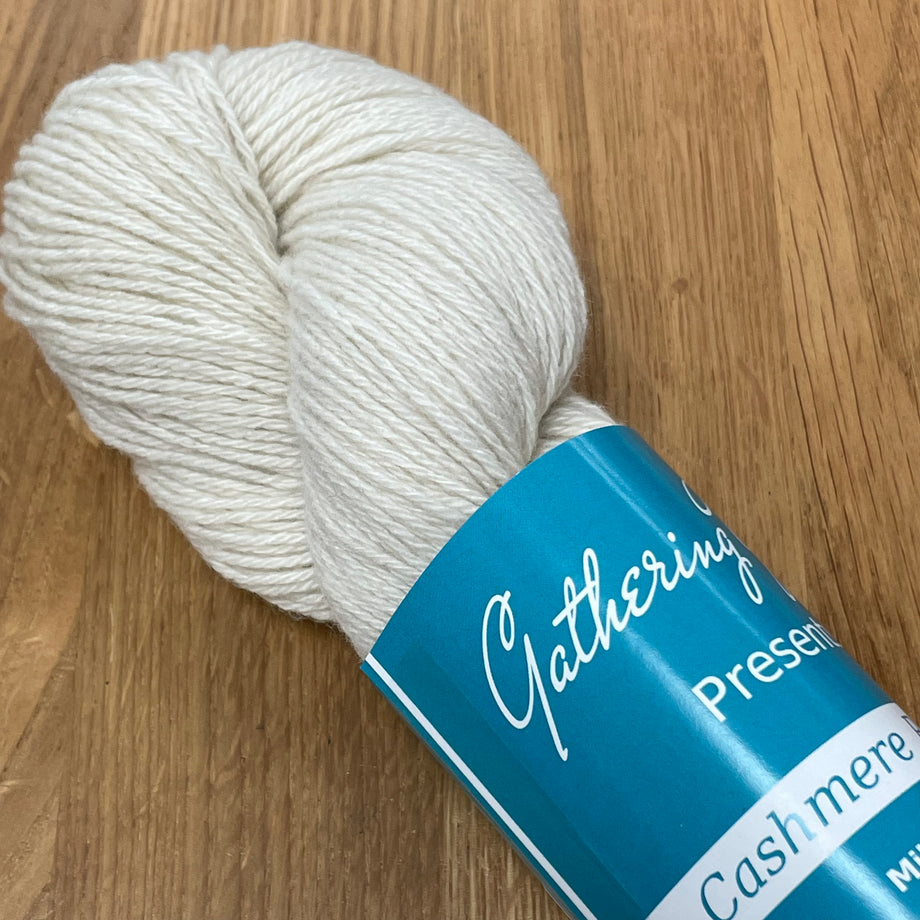The Opulence of What Is Cashmere: How It Changes Your Wardrobe
The Opulence of What Is Cashmere: How It Changes Your Wardrobe
Blog Article
Comprehending the Various Sorts Of Cashmere an All-natural Fiber and Their Distinct Advantages

The Origins of Cashmere: A Historic Overview
While the elegant touch of cashmere proceeds to charm modern customers, its beginnings trace back to the severe, chilly climates of Mongolia and the Himalayas. For centuries, the native peoples of these areas have been elevating Capra Hircus goats, the prime resource of cashmere wool. These goats, durable against the severe winter seasons, expanded a great undercoat to endure, which later on became recognized as cashmere. The name itself admires Kashmir, a region in India where the wool was originally refined. Much of the very early cashmere trade course was helped with by the Silk Road, linking Asia with the Center East and Europe. Regardless of its global spread, the finest cashmere is still thought to stem from the initial areas of Mongolia and the Mountain Ranges.

The Production Process: From Goat to Garment
Shearing a Capra Hircus goat marks the beginning of the intricate cashmere production process. The resultant raw cashmere is then cleaned to get rid of pollutants such as dust, oil, and veggie issue.
The tidy fiber undergoes dyeing, spinning, and weaving, or knitting, to transform it right into a textile. Complex procedures such as top quality control checks and finishing processes comply with, ensuring completion item maintains the lavish requirement anticipated of cashmere. This meticulous process, from goat to garment, justifies the high cost connected to cashmere products, making them a sign of deluxe and improvement.
The Different Sorts Of Cashmere: A Thorough Analysis

The Special Advantages of Cashmere: Comfort and Sustainability
Relocating from the range of cashmere types to the advantages they supply, comfort and sustainability stand apart prominently. Cashmere, a natural fiber, is renowned for its unmatched softness, providing a degree of convenience what material is cashmere that artificial fibers can not match. The material's lightness, yet impressive warmth retention, makes it optimal for all seasons. Cashmere's all-natural elasticity permits it to return to its initial shape, making it resistant to reducing or stretching.
When it concerns sustainability, cashmere is naturally degradable and sustainable, as it's gathered from cashmere goats that regrow their coats each year. what is cashmere. Unlike synthetic fibers which can take hundreds of years to break down, cashmere's influence on the environment is minimal. This mix of convenience and sustainability makes cashmere a valuable selection for conscious customers

Caring for Your Cashmere: Maintenance and Conservation Tips
While cashmere is undoubtedly a lavish and lasting selection, it calls for certain like preserve its high quality and extend its life-span. To start, cashmere must be hand cleaned making use of chilly water and a light detergent. Prevent twisting or wringing the garment as it can harm the fibers. Instead, carefully squeeze out excess water and lay it flat on a towel to dry. Cashmere items should be saved in a completely dry and trendy area, away from direct sunshine and dampness. Making use of moth repellents can safeguard these garments from potential damages. Last but not least, it's advisable to prevent hanging cashmere to avoid stretching. Rather, fold and store them properly to preserve their shape and high quality gradually.
Spending in Cashmere: Comprehending Its Value and Well Worth
Although cashmere may at first seem like a costly financial investment, its long-term value and worth become noticeable when you consider its amazing qualities. Known for its unparalleled softness and warmth, cashmere is a costs all-natural fiber that outshines other products. Spending in cashmere, as a result, is not simply regarding existing style trends, however about accepting a lasting, resilient, and lavish lifestyle.
Final Thought
In summary, the type of cashmere one chooses, be it Mongolian, Chinese, or Italian, is dictated by private preferences for heat, spending plan, luxury, and sustainability. Comprehending the origins, manufacturing process, and unique advantages of various types of cashmere can guide customers in their financial investment in this lavish all-natural fiber.
Whether it's the extraordinary warmth of Mongolian cashmere, the affordability of Chinese cashmere, or the eco-conscious manufacturing of Italian cashmere, there's a story to be uncovered behind each fiber type. Cashmere, a natural fiber, is renowned for its exceptional softness, supplying a level of convenience that synthetic fibers can't match.When it comes to sustainability, cashmere is eco-friendly and biodegradable, as it's harvested from cashmere goats who regrow their coats each year. Known for its unmatched soft qualities and heat, cashmere is a premium all-natural fiber that outshines other products. Understanding the beginnings, production procedure, and unique advantages of different kinds of cashmere can lead customers in their investment in this luxurious natural fiber.
Report this page